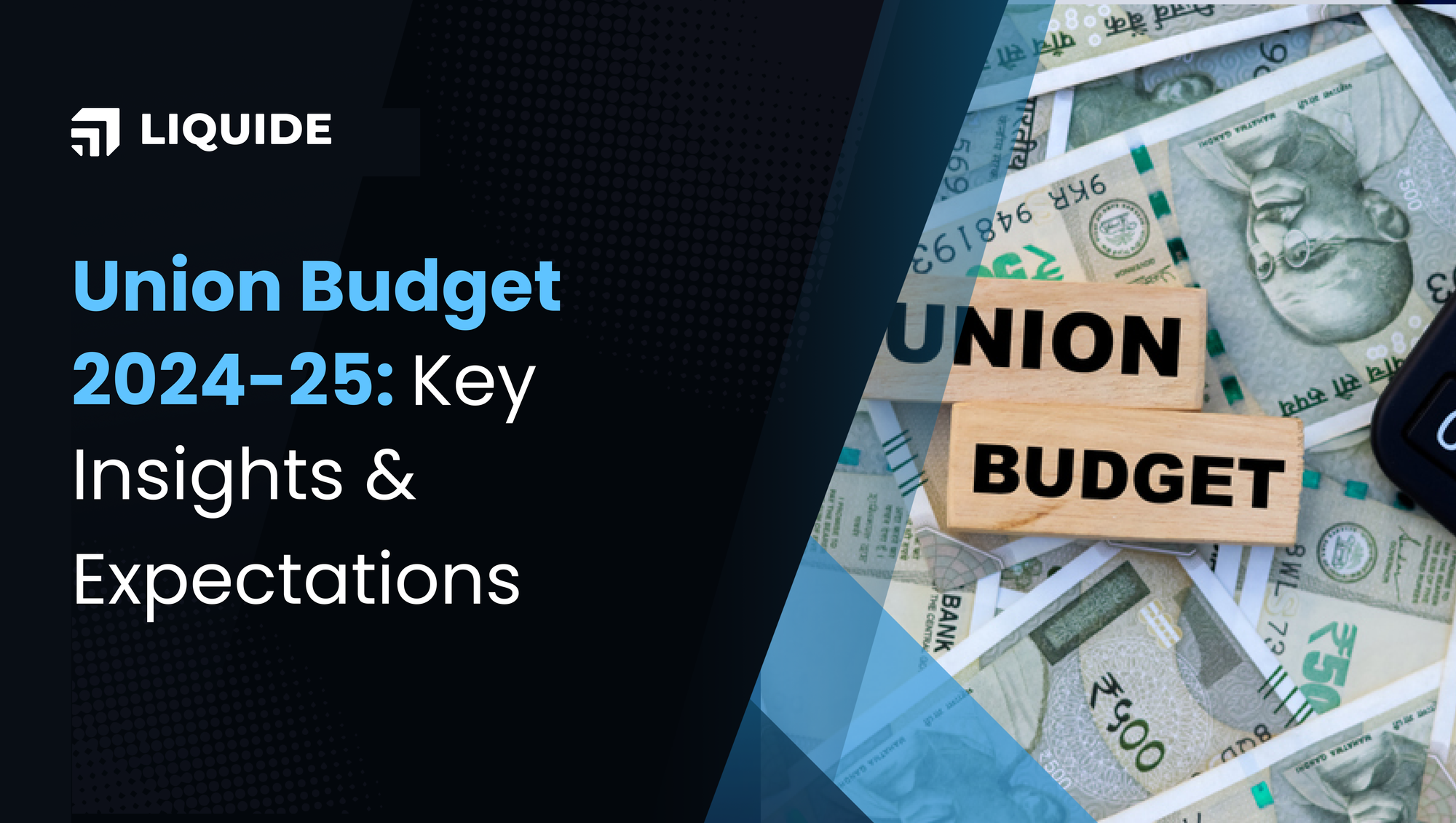What to Expect in Union Budget 2024-25: Insights into Tax Reforms and Spending
Discover the highlights and expectations of the Union Budget 2024-25 under Modi's NDA 3.0, focusing on economic growth and strategic investments.

The Union Budget for 2024-25, scheduled for presentation on July 23, 2024, is set to be a landmark event as it's the first comprehensive annual budget under the NDA 3.0 regime. Thanks to a substantial Rs 2.11 lakh crore dividend from the RBI—surpassing the expected Rs 1.02 lakh crore—along with a robust 19% increase in tax revenues, the government enters this fiscal year in a strong financial position.
Maintaining Fiscal Health
With substantial revenue flexibility, the budget is expected to sustain the fiscal deficit at 5.1% of GDP for FY25, or possibly reduce it further, aligning with the plan to decrease it to 4.5% by FY26. The challenge lies in optimizing spending to fuel economic expansion without overshooting fiscal targets, especially within the coalition government's dynamic.
Anticipated Tax Reforms
- Income Tax Relief: Stakeholders widely anticipate relief in personal income taxes to increase disposable income, particularly for the middle class. Proposals suggest raising the standard deduction limit and increasing the rebate limit to encourage taxpayers to switch to the new tax regime. Specifically, there is a proposal to increase the 80C deduction limit from Rs 150,000 to Rs 200,000.
- GST Reforms: The budget could simplify the GST framework, potentially reducing tax slabs and rectifying the inverted tax structures affecting sectors like FMCG. For example, the FMCG sector faces issues with the current GST framework where the tax rate on services is 18% while that on raw materials is 5%.
- Capital Gains Tax: The financial market eyes stability in the capital gains tax on equities, which is crucial for maintaining investor confidence in Indian equities. While there is no anticipated modification to the capital gains tax framework, there exists some concern over possible restrictions on derivative trading.
Infrastructure and Digital Innovation
- Infrastructure Development: The government is likely to maintain its capex plan of Rs 11.1 lakh crore for FY2024-25, as outlined in the interim budget. Significant investments in infrastructure, including railways, renewable energy, and defense, are expected to be a highlight of the budget. The continuation of pro-reform policies such as Production Linked Incentive (PLI) schemes and incentives for clean energy sources is projected to stimulate private sector capex and enhance job creation.
- Digital Infrastructure: The tech industry anticipates increased allocations for digital infrastructure and incentives for startups and emerging technologies to bolster India's position as a global tech hub. For example, investments in AI, IoT, and cybersecurity are expected to drive the tech sector's growth.
Job Creation and Strengthening Rural Economy
- Labour-Intensive Sectors: The budget is anticipated to roll out incentives aimed at fostering job growth in labour-intensive industries such as textiles, tourism, and agriculture. There is an expectation of significant enhancements for welfare initiatives such as Pradhan Mantri Awas Yojana and PM Kisan, which are designed to provide housing support and financial aid to farmers, thereby addressing essential needs and invigorating the rural economy.
- Rural Job Guarantee: Expectations are high for improved wages under the rural job guarantee scheme alongside measures to support the agricultural sector, such as removing export limitations on key farm products including rice, wheat, and sugar. A prominent proposal is set to significantly boost the budget for the Agricultural & Processed Food Products Export Development Authority (APEDA), increasing it tenfold from Rs 80 crore to Rs 800 crore, aiming to elevate farm exports dramatically.
Sector-Specific Expectations
- Electric Vehicles (EV): Anticipation is high for continued support of green mobility, including possible GST adjustments for EVs and the launch of the FAME-III initiative to enhance sustainable transportation. Key expectations include a standard 5% GST on lithium-ion batteries, EV parts and components.
- Healthcare and Education: Stakeholders are advocating for GST exemptions in critical areas such as healthcare and education to improve affordability and accessibility. Proposals include a complete GST exemption on educational expenses for students from Below Poverty Line (BPL) and Low Income Group (LIG) families.
Conclusion: A Budget of High Expectations
The 2024-25 budget is set against the backdrop of high expectations, aiming to balance fiscal discipline with effective spending to promote economic growth and social welfare. This year’s budget is particularly significant as it represents the inaugural fiscal blueprint from the new coalition government under Prime Minister Modi, carrying high expectations.
Union Budget 2024-25: Where to Watch
The budget speech will be aired live on the official channels of Parliament, Sansad TV and Doordarshan, and on their respective YouTube channels. Additionally, the Union Budget Web Portal, available in both English and Hindi, offers digital access to the Budget 2024 documents. This includes important budget documents like the annual financial statement, demand for grants, and finance bills as required by the Constitution.
Live Coverage of the Budget on Liquide
To navigate through the market's volatility on this crucial day, make sure to connect with the Liquide App. We promise exclusive, unmatched coverage of the 2024-25 Budget, providing real-time updates, thorough analysis, and valuable trading insights. Download it today from the Google Play Store or Apple App Store and begin your journey towards informed and successful investing.

